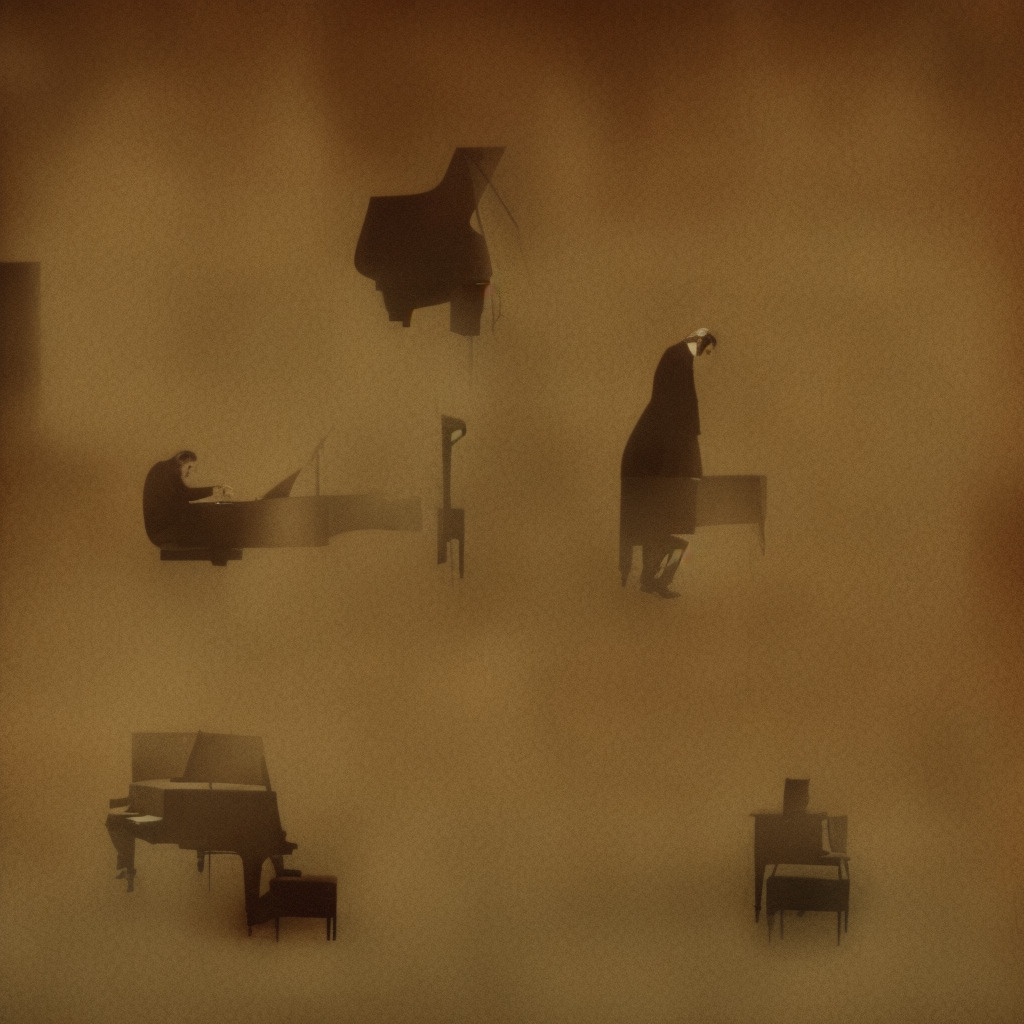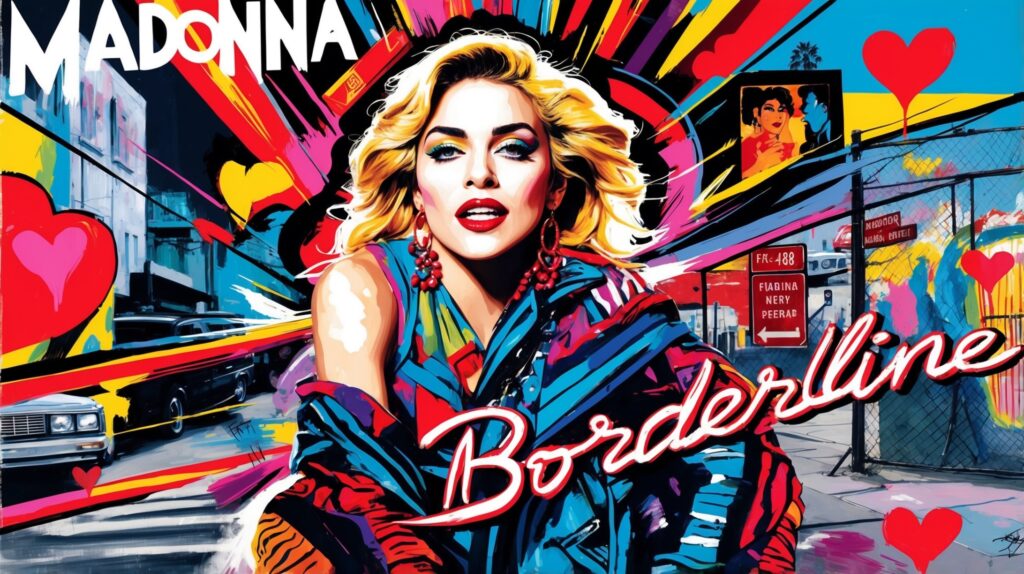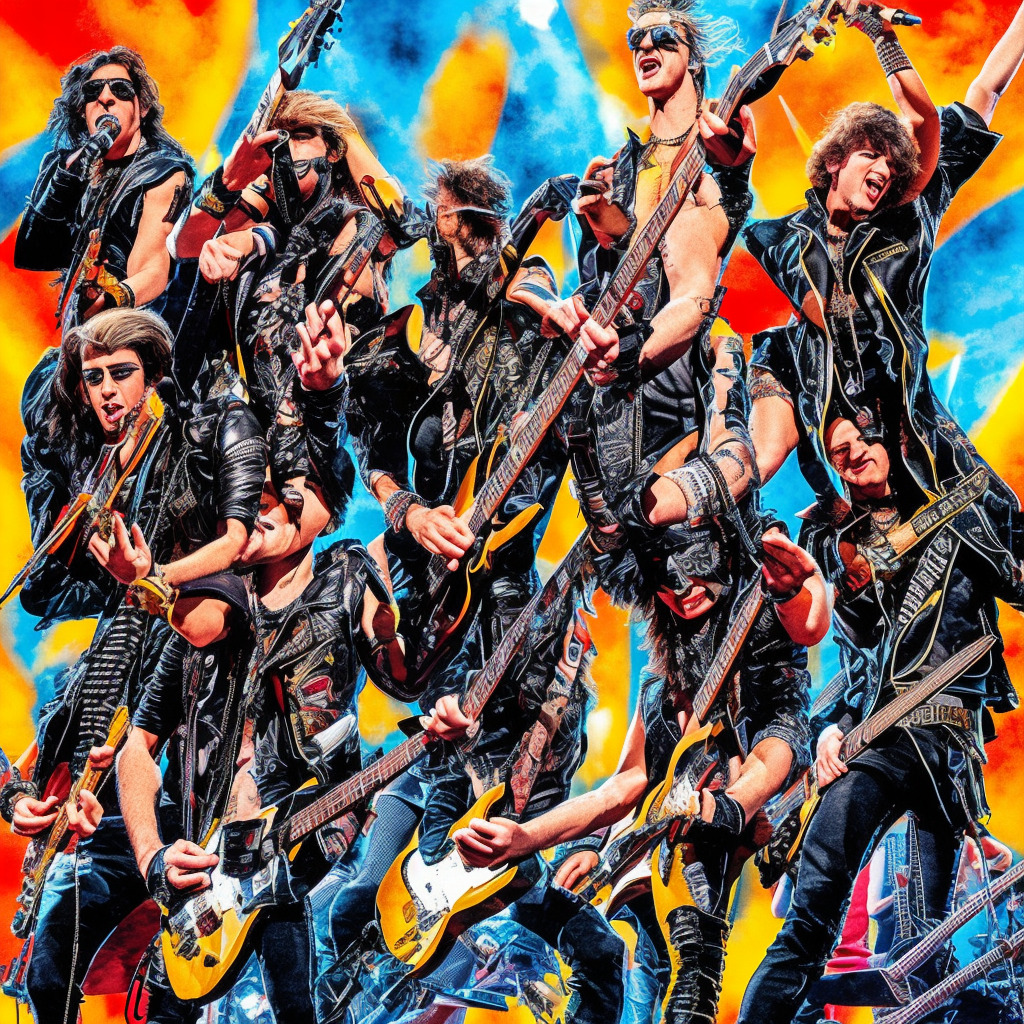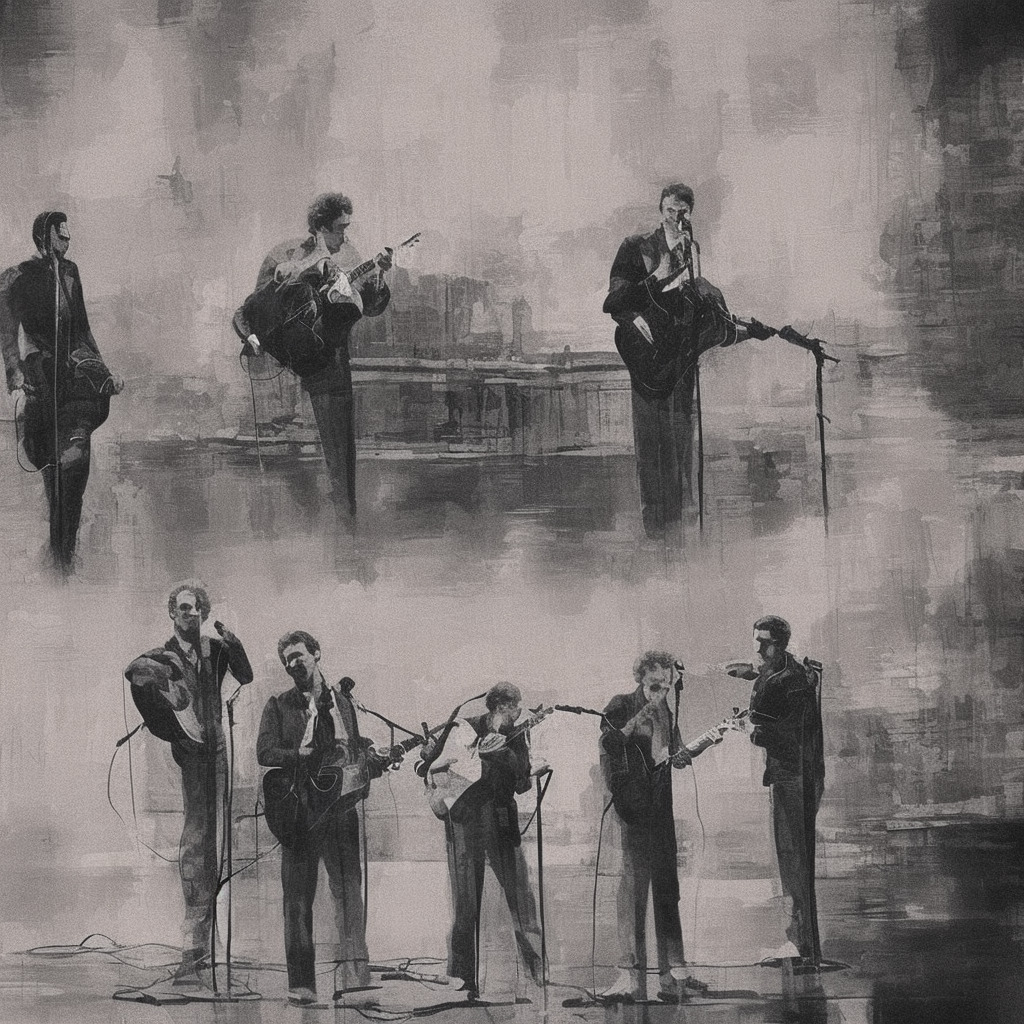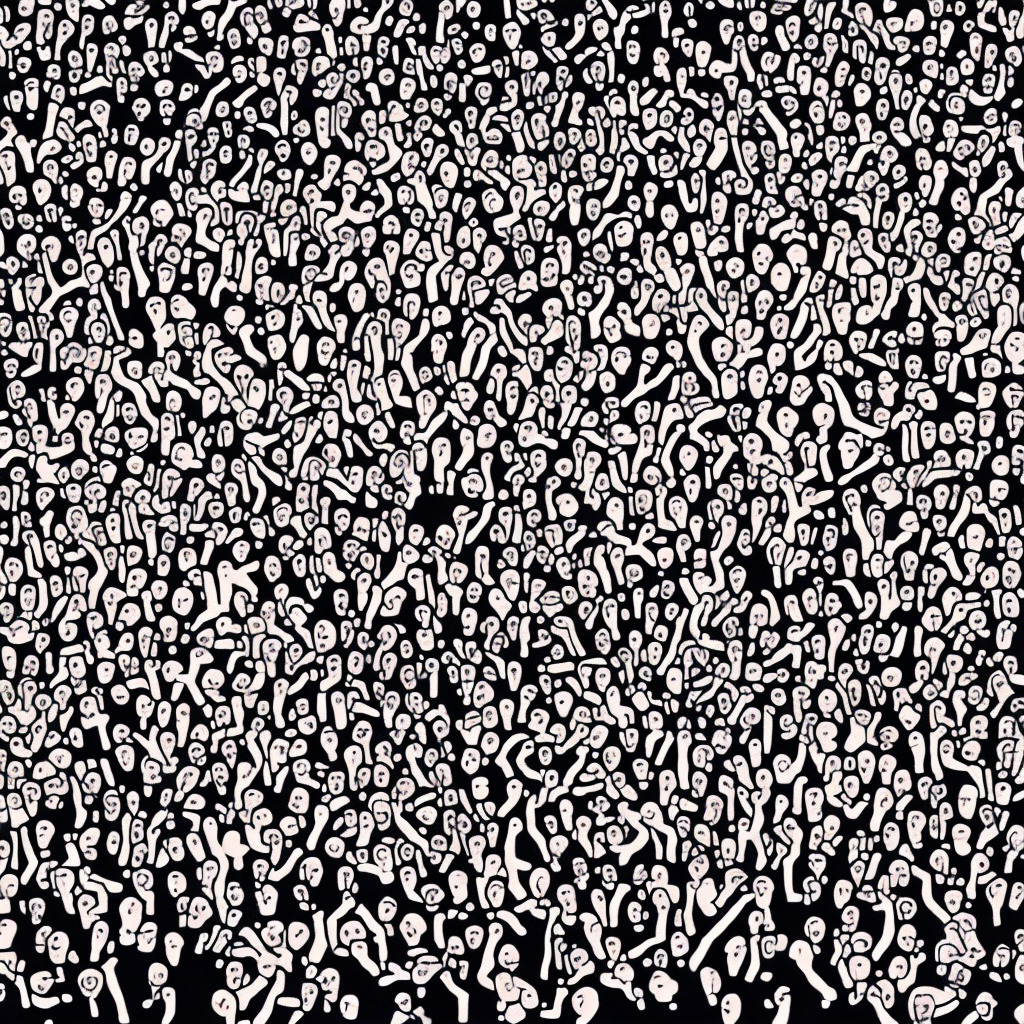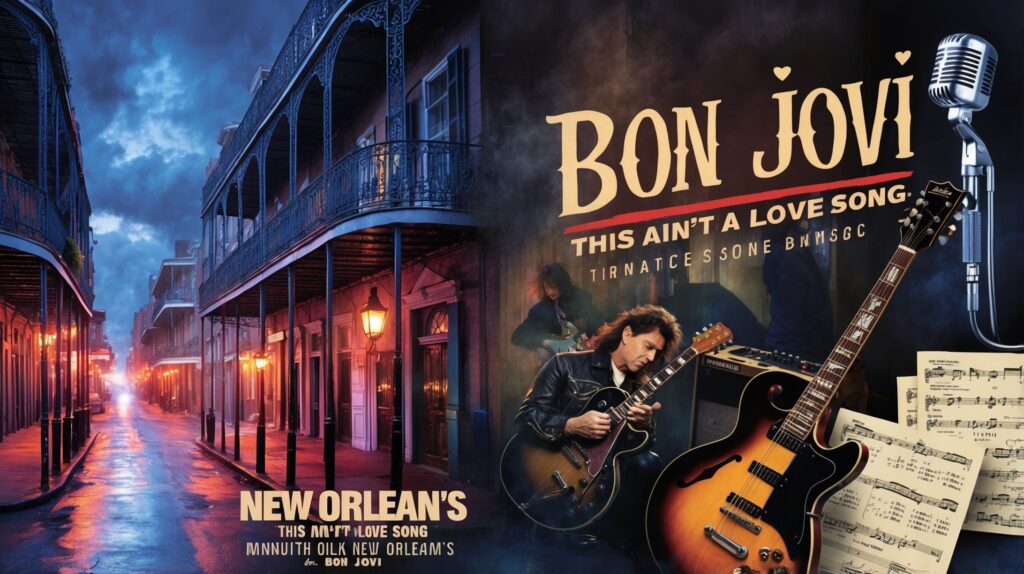🤯 Did you know? “Hurt” by Nine Inch Nails was so moving that legend Johnny Cash covered it! Dive into raw emotion with this timeless track! 🎶 #NIN #Hurt #MusicTrivia #JohnnyCash Read about it: tinyurl.com/ycxsn5n3
Peeling Back the Layers of Nine Inch Nails’ Emotional Core
“Diving into the depths of Nine Inch Nails’ legacy, from their haunting ballad ‘Hurt’ to their relentless pursuit of innovation and creative boundary-pushing.”
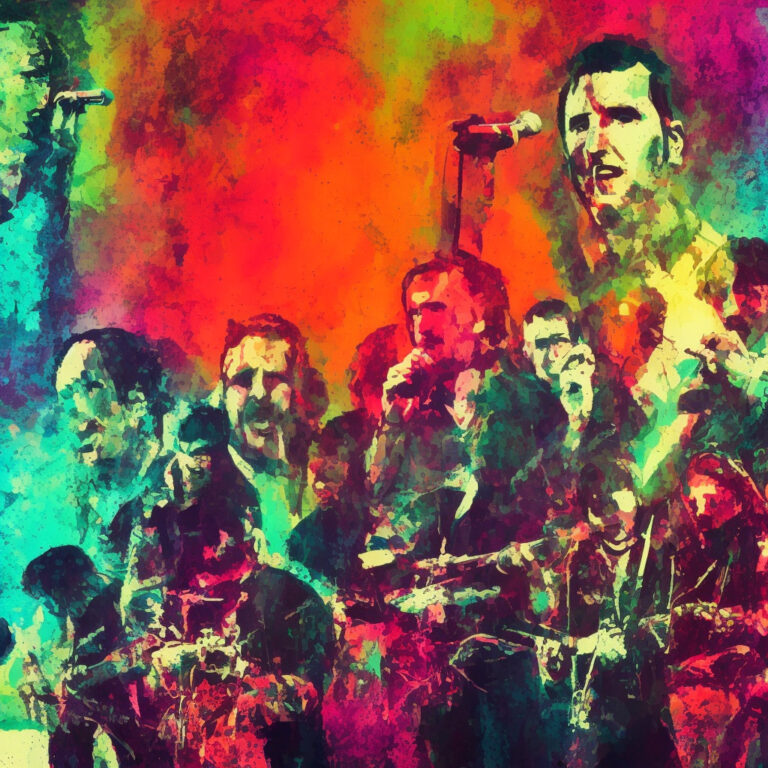
When it comes to the ever-evolving world of industrial rock, no name shines brighter than Nine Inch Nails (NIN). Led by the indomitable Trent Reznor, the band has been at the forefront of music innovation for over three decades. Not one to shy away from controversy or pushing the envelope, NIN touches on the raw and visceral side of human emotion, and the song “Hurt,” off their 1994 album, The Downward Spiral, is no exception.
The Downward Spiral, NIN’s sophomore album, solidified Trent Reznor as a creative force to be reckoned with in the world of music. Known for exploring themes of emotional and physical struggles, this record encapsulates Reznor’s ability to craft deeply personal and affecting soundscapes. “Hurt,” the album’s final track, showcases Reznor’s vulnerability through haunting lyrics and a somber melody, ultimately building up to an explosive climax.
While Nine Inch Nails, as a band, has had a revolving door of members over the years, Reznor remains the constant mastermind behind the operation. His dedication to his craft led to the band being inducted into the Rock and Roll Hall of Fame in 2020. Reznor’s influence is far-reaching, and his work on movie scores, including The Social Network and The Girl with the Dragon Tattoo, has garnered both critical acclaim and recognition in the form of Academy Awards and Golden Globes.
In the broader scheme of NIN’s extensive discography, “Hurt” represents a turning point for the band. The song resonated with many listeners, including legendary singer-songwriter Johnny Cash, who covered it in 2002, lending his own emotional gravitas to the track. This powerful rendition introduced NIN’s music to an entirely new audience, further solidifying the band’s status within the music world.
That being said, not every project undertaken by Nine Inch Nails has hit the mark. Some critics argue that their 2007 album, Year Zero, was a failed attempt at creating a concept album around a dystopian future. While the album’s accompanying alternate reality game was an interesting experiment, the music itself didn’t quite capture the same magic as their earlier work.
In conclusion, the impact of “Hurt” on both Nine Inch Nails’ career and the broader music landscape cannot be overstated. The band’s adventurous spirit and willingness to explore the darker corners of human experience has cemented their place in the annals of music history. While not every endeavor has shone brightly, their dedication to pushing boundaries and pursuing innovation is undeniably inspiring.
Charting the Journey of a Timeless Classic
“Hurt” by Nine Inch Nails: A slow-burning masterpiece that transcended charts, redefined through Johnny Cash’s haunting cover, and still resonates with listeners 25 years on.

Released as a single on April 17, 1995, “Hurt” was the final track on Nine Inch Nails’ critically acclaimed second album, The Downward Spiral. While not initially enjoying massive commercial success, the song has since received widespread acclaim and has been recognized as one of the band’s most significant works.
In terms of chart success, “Hurt” did not make a significant impact upon its release. It failed to enter the Billboard Hot 100 but managed to reach No. 8 on the Billboard Modern Rock Tracks chart, a testament to its resonance within the alternative and modern rock scenes of the mid-90s.
Despite its less than stellar initial chart performance, “Hurt” has managed to garner a legacy that has long outlasted its original release. The song gained new life and increased recognition when it was covered by legendary country singer Johnny Cash in 2002. Cash’s deeply moving rendition of the song received widespread acclaim and earned him a Grammy award for Best Short Form Music Video in 2004.
Over the years, “Hurt” has been featured in various TV shows and movies, further cementing its status within the annals of music history. The song has also been ranked in several “best of” lists, such as Rolling Stone’s list of “The 500 Greatest Songs of All Time,” where it holds the No. 315 spot, and NME’s list of “The 150 Best Tracks of the Past 15 Years,” where it ranked No. 41.
The journey of “Hurt” serves as a reminder that chart success is not the sole indicator of a song’s impact or longevity. Despite its humble beginnings on the charts, the song has become an enduring classic that continues to resonate with listeners more than two decades after its release.
Delving into the Lyrics of a ’90s Classic
I hurt myself today
To see if I still feel
I focus on the pain
The only thing that’s real
The needle tears a hole
The old familiar sting
Try to kill it all away
But I remember everything
What have I become
My sweetest friend?
Everyone I know
Goes away in the end
And you could have it all
My empire of dirt
I will let you down
I will make you hurt
I wear this crown of thorns
Upon my liar’s chair
Full of broken thoughts
I cannot repair
Beneath the stains of time
The feelings disappear
You are someone else
I am still right here
What have I become
My sweetest friend?
Everyone I know
Goes away in the end
And you could have it all
My empire of dirt
I will let you down
I will make you hurt
If I could start again
A million miles away
I would keep myself
I would find a way
The lyrics of “Hurt” by Nine Inch Nails reveal a deep sense of pain, regret, and self-awareness. Released in 1994, this song encapsulates the emotional turmoil that many people experienced during that time. The early ’90s were marked by significant political, social, and cultural changes, with the fall of the Berlin Wall, the rise of grunge music, and an increased focus on mental health awareness.
At its core, “Hurt” explores themes of self-harm and self-destruction, with the narrator expressing a desperate need to feel something, anything, as he sings, “I hurt myself today, to see if I still feel.” This sense of numbness and detachment was a common sentiment during the ’90s, as individuals sought to navigate their way through an increasingly uncertain world.
The lyrics also deal with the idea of losing one’s identity, as the protagonist questions who he has become and what he has left behind: “What have I become, my sweetest friend? Everyone I know goes away in the end.” Here, we see a deep sense of loneliness and isolation, a reflection of the slow disintegration of close relationships that many experienced as they moved into adulthood.
Furthermore, the song touches on themes of powerlessness and despair, as illustrated by the lines, “And you could have it all, my empire of dirt. I will let you down, I will make you hurt.” These powerful words convey the idea that, despite having achieved some measure of success or power in life, the protagonist is still plagued by his own self-destructive tendencies.
In conclusion, the lyrics of “Hurt” provide a poignant commentary on the struggles faced by individuals during the ’90s, as they grappled with their own sense of identity, purpose, and connection to others. It’s no wonder that this song has remained so relevant and impactful, even decades after its initial release.
The Haunting Visuals of “Hurt”
Experience the raw emotion and haunting visuals of Nine Inch Nails’ “Hurt” music video, a black-and-white masterpiece encapsulating depression, self-destruction, and hopelessness, leaving an indelible mark on the music world.
The music video for Nine Inch Nails’ “Hurt” is as haunting and raw as the song itself, providing an intensely emotional visual experience for viewers. Directed by Mark Romanek, who has a rich history of working with influential artists like Madonna, Taylor Swift, and Jay-Z, the “Hurt” music video was released in 1995 as a part of the promotional material for the band’s second studio album, “The Downward Spiral.”
Shot entirely in black and white, the video features a series of striking and often disturbing images that serve to embody the song’s themes of depression, self-destructive behavior, and a sense of hopelessness. Much of the footage was shot using handheld cameras, giving the video a gritty and documentary-like feel. This choice of filming technique adds to the overall rawness of the video and enables the viewer to feel more intimately connected to the emotions portrayed.
The music video was reportedly shot on a relatively low budget, but the creative team behind the project managed to make the most of their resources. The sets were designed with an industrial and dilapidated aesthetic, which is highly reminiscent of the band’s signature sound and style. The video also features several symbolic props, such as the rotting animal carcasses and the broken piano, which serve to visually represent the song’s exploration of decay and devastation.
One of the most memorable elements of the “Hurt” music video is the imagery of frontman Trent Reznor’s face, which is often shown in extreme close-up, highlighting his intense expression and vulnerability. This choice of framing exposes the raw emotion behind the song, making the experience even more powerful for the viewer.
Despite the low budget and gritty filming techniques, the “Hurt” music video has had a lasting impact on both fans and fellow musicians alike. The video has inspired numerous tributes and covers, most notably Johnny Cash’s rendition of the song in 2002, which also featured a music video directed by Mark Romanek. The striking visuals and emotional intensity of the “Hurt” music video have undoubtedly contributed to its enduring legacy, making it a standout piece in Nine Inch Nails’ discography.
The Mastermind Behind “Hurt”: Trent Reznor
In the world of industrial rock and electronic music, few names stand out as prominently as Trent Reznor, the creative force behind Nine Inch Nails. Born on May 17, 1965, Reznor has become synonymous with boundary-pushing music and envelope-shredding sounds. As the composer of “Hurt,” he has once again shown his prowess for creating deeply emotional and haunting pieces that resonate with listeners on a visceral level. While “Hurt” is one of his most famous compositions, Reznor’s body of work is extensive and equally impressive.
One of his other notable compositions is “Closer,” another standout track from the critically acclaimed 1994 album “The Downward Spiral.” This song showcased Reznor’s ability to blend dark, provocative lyrics with infectious beats, creating a sound that was both captivating and unsettling. In addition to his work with Nine Inch Nails, Reznor has also ventured into the world of film scoring, composing music for movies such as “The Social Network” (2010) and “Gone Girl” (2014), both of which he worked on in collaboration with Atticus Ross. His work on “The Social Network” earned him an Academy Award for Best Original Score, further solidifying his status as an innovative and versatile composer. It’s clear that Trent Reznor’s contributions to the music world go above and beyond “Hurt,” making him a true icon in his industry.
Accolades, Appearances, and Covers Galore
From Grammy nods to Johnny Cash’s soul-stirring cover, “Hurt” transcends time and genres, etching its raw emotional legacy across music, film, and TV.
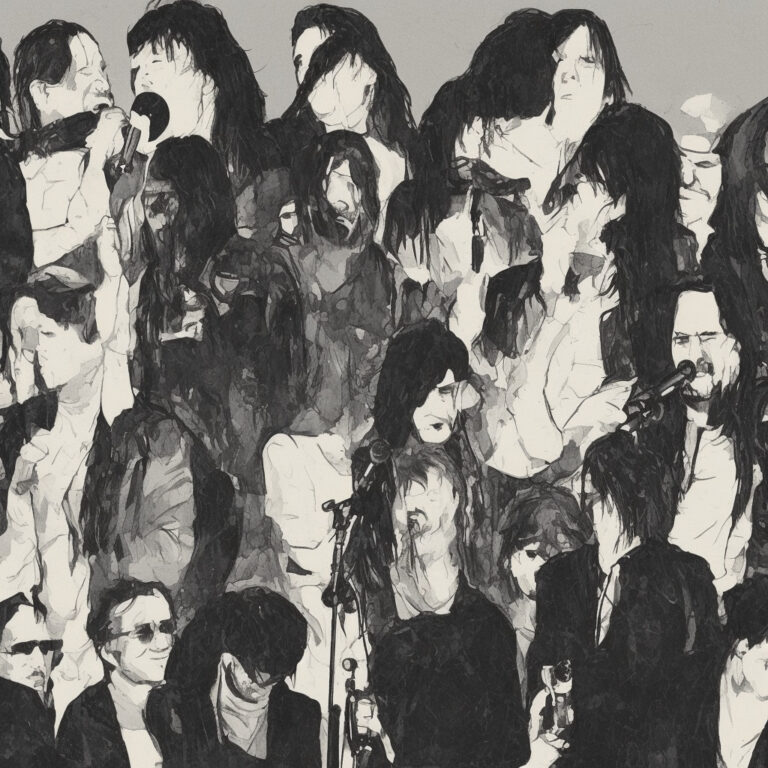
Over the years, “Hurt” has garnered numerous awards and accolades, further cementing its place in musical history. In 1996, it received a Grammy nomination for Best Rock Song. The powerful music video directed by Mark Romanek, which features Trent Reznor performing in various stages of distress, also received accolades. It was nominated for several MTV Video Music Awards, ultimately winning for Best Art Direction and earning a spot on numerous “Best Music Videos of All Time” lists.
“Hurt” has been widely used in various forms of media as its raw emotion and poignant lyrics resonate beyond the realm of music. It has been featured in movies such as “The Fan” (1996) and “The Gambler” (2014), as well as in TV shows like “Person of Interest” and “Criminal Minds.” Additionally, the song has been used in promotional trailers for video games like “The Darkness II.”
Perhaps the most well-known and impactful adaptation of “Hurt” is Johnny Cash’s heartfelt cover from 2002. Produced by Rick Rubin for Cash’s album “American IV: The Man Comes Around,” his rendition strips the song down to its core, placing emphasis on Cash’s deep, gravelly voice and the lyrics’ emotional weight. The evocative music video accompanying Cash’s cover was also met with high praise, earning a Grammy for Best Short Form Music Video in 2003. Trent Reznor himself has spoken about the impact of Cash’s cover, stating that it felt like the legendary artist had made the song his own.
Several other artists and bands have covered “Hurt” over the years, showcasing the song’s enduring influence and versatility. Notable covers include those by Leona Lewis, Sevendust, and David Bowie during rehearsals for his 50th birthday celebration concert. Each of these artists brings their unique style and interpretation to the song, demonstrating the power of “Hurt” to connect with a wide range of audiences and musicians alike.
Dissecting the Musical Anatomy
Diving into the musical structure of “Hurt,” we find that this hauntingly beautiful track is written in the key of A minor, which is well-known for evoking deep emotions and complementing the melancholic lyrics penned by Trent Reznor. The chord progression follows a relatively simple structure, primarily consisting of the chords Am, C, D, and G, which also contributes to the raw and stripped-down feel of the song.
The tempo of “Hurt” is an essential aspect of its emotional impact. Set at a slow-paced 66 beats per minute, the track allows the listener to fully absorb the poignant lyrics and the intricate layers of sound. This pacing gives the song a sense of vulnerability and fragility that is difficult to achieve at faster tempos, allowing the listener to connect with the song on a deeper level.
As for the time signature, “Hurt” follows a standard 4/4, which is a common choice for many rock songs. However, it is the use of syncopation and rhythmic displacement that sets this track apart, giving it a sense of tension and unease. This can be heard in the drum patterns and the way the guitar chords are struck, contributing to the overall atmosphere of the song.
Another noteworthy aspect of “Hurt” is the use of dynamics, which play a significant role in shaping the song’s emotional arc. The track starts with a soft, intimate vibe, featuring just the vocals and a fingerpicked guitar. As the song progresses, layers of sound are gradually introduced, including piano, synthesizers, and drums. This gradual build-up culminates in a powerful climax towards the end of the song, before returning to the sparse instrumentation heard in the beginning. This dynamic ebb and flow adds depth and complexity to the track, allowing it to resonate with listeners on multiple levels.
In conclusion, it is the combination of these various musical elements – the key of A minor, the chord progression, tempo, time signature, syncopation, and dynamics – that gives “Hurt” its unique and unforgettable sound. Each of these components works together harmoniously to create a track that is not only musically engaging but also deeply emotional, making it a standout piece in the Nine Inch Nails discography.

